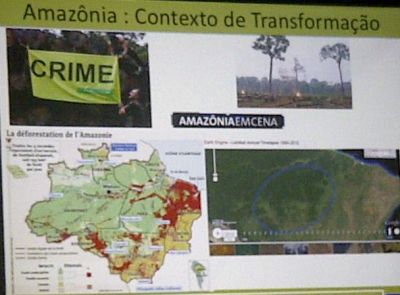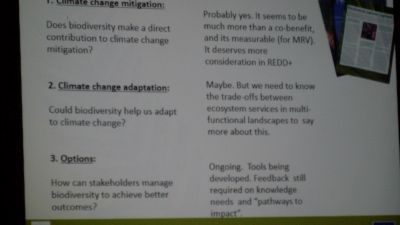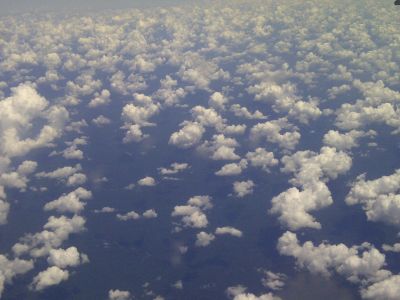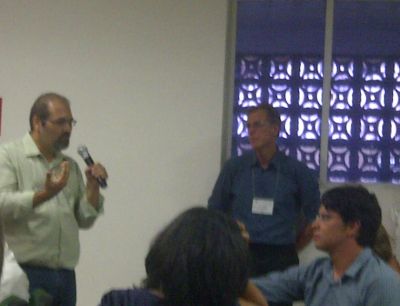About AMAZALERT
AMAZALERT examined how global and regional climate and land-use changes will impact Amazonian forests, agriculture, waters, and people; and how these impacts feed back onto climate.
“The AMAZALERT project has received funding from the European Union’s Seventh Framework Programme for research, technological development and demonstration under grant agreement no 282664, and was co-funded by many national agencies an institutes.”
First day of the joint meeting AMAZALERT and ROBIN project
At around 10 o’clock in the morning, Mateus Batistella from Embrapa welcomed the scientific community and the stakeholders in the room of the very nice Embrapa building in Belem, Para, Brasil. He explained why both projects meet together in Brasil, focussing on mayor key points on climate change.
Edenise Garcia from the Nature Conservancy started with the first presentation. She elaborated on the major Amazonia problems, such as deforestation (wild fires), land use and drought. She is very happy with the willingness of the AMAZALERT project to cooperate on investigation mapping these problems, contributing on scenarios and projections on socio-economic perspectives.

Bart Kruijt from Alterra, Wageningen UR continued with his presentation on the AMAZALERT programme and its results. He explained the structure of the logo which is based on the programme. Terry Parr from CEH UK continued on the ROBIN project (see picture below).

Gilvan Sampaio from INPE presented the consequences of global change for the Amazon, the impact of land-use on the forest, the change of precipitation in specific regions, and low river levels in specific seasons, and effects of el Nino and La nina on the number of days of no rain. Ana Paula Aguiar outlined the outcomes of the different workshops and discussions being held with stakeholders: different types of participatory scenarions were used in the AMAZALERT project.

In the afternoon, an intense discussion with the stakeholders took place. Both projects were very happy with the discussions on for example the Early Warning System for the Amazonia. The closure was around 4 pm and all attendees were wished to have a save trip; most project members moved the same day to Alter-do Chao for the next sessions.



